Exxon and Imperial Oil Forced To Go Around Sensitive Idaho River Valley
Push-back on the transportation of tar sands equipment through a wilderness corridor reflects civic resistance to North American fossil fuel boom.
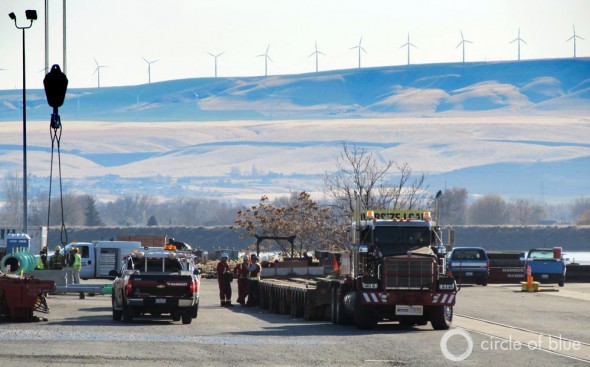
By Keith Schneider
Circle of Blue
KOOSKIA, Idaho — Civic concerns about the consequences to water quality from fracking America’s deep shales and developing Canada’s oil sands are driving successful grassroots campaigns and winning lawsuits to limit environmental damage and to write new safeguards.
The public push-back to the most powerful fossil fuel boom in more than a century include a moratorium on drilling in New York; new regulations on well construction and wastewater disposal in Ohio; requirements to disclose hydrofracking chemicals in Colorado and Texas; a rule to eliminate drilling waste pits in North Dakota; and a presidential decision to impede construction of an oil pipeline from northern Alberta to the Gulf Coast. In addition, the U.S. Environmental Protection Agency issued new air quality regulations in April that, among other requirements, eliminates emissions of methane from natural gas production sites, compressing stations, and pipelines by January 1, 2015.
Further, state judges in Montana have closed truck shipments of tar sands processing equipment on a narrow, two-lane wilderness highway along the Clearwater/Lochsa Wild and Scenic River Corridor.
-Tom Cmar, attorney
NRDC
The spate of rules and decisions — most of which the energy industry has largely accepted without stiff resistance — have been enacted in energy-rich states, a number managed by Republican governors and legislatures with conservative majorities. They come, moreover, during a presidential campaign season in which Republicans and Democrats are arguing about the effects of regulation on the economy.
“People in many states have called for new regulations to protect water supplies,” said Tom Cmar, a lawyer and policy specialist in the Chicago office of the Natural Resources Defense Council (NRDC). “Governors and legislatures and the courts are responding.”
Scale of Development
An apt illustration of the central role that water quality plays in public opposition to the new hydrocarbon production boom occurred near Idaho’s Clearwater River Valley, which unexpectedly became an active center of tar sands opposition over the past two years.
It started in early 2010, when residents in this 650-person town, the gateway to the Selway-Bitterroot Wilderness, one of the largest wild areas in the continental U.S., learned of the central role that their community would play in an audacious, globe-circling plan to construct a new oil sands processing plant in Canada.
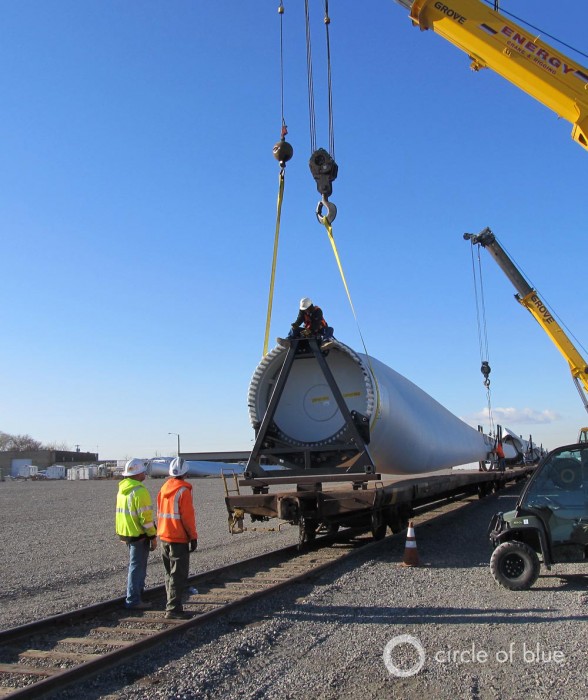
The oil and gas boom engulfing Canada and the U.S. is occurring at a scale unlike anything before — and that includes its infrastructure.
Exxon/Mobil and its Canadian affiliate, Imperial Oil, built the plant in stages and overseas at Sung Jin Geotec Co. Ltd., a South Korean manufacturer of equipment for heavy liquid fuel processing. Sung Jin broke the plant down into modules — steel framework surrounding pressure vessels and such — and shipped them by sea to Vancouver, Washington.
The modules were then to be loaded onto barges, shipped up the Columbia River, and off loaded in Lewiston, Idaho. From there, the modules would be put on trucks and hauled up winding and narrow US 12, which hugs the banks of the Clearwater and Lochsa rivers on its way over the steep Bitteroot Range. Crossing the Idaho wilderness was planned as the first leg in a 2,200-kilometer (1,400-mile) journey north to the tar sands region.
-Ken Cohen, VP of Public & Gov. Affairs
Exxon Mobile Corporation
Exxon’s plan was to gather and assemble these modules in Kearl, Alberta, for a plant that anchors Imperial Oil’s $US 8.9 billion tar sands development. But these modules were immense — nearly 60 meters (200 feet) long and 10 meters (30 feet) tall, each one wider than a two-lane highway and weighing up to 270 metric tons (600,000 pounds). Moving loads that size involves trucks that are custom dWesigned, trailers as long as football fields, and exceedingly cautious driving at the pace of a good jog.
The Road Less Traveled
When it came to their processing plant, Exxon and Imperial Oil focused on the efficiency and lower cost of hauling such big loads on US 12, where there were no height restrictions.
If they had used an alternative route that included Interstate 90, the trip would have been 160 kilometers (100 miles) longer, and would have involved overpasses, which would have meant shrinking the height and weight of the loads. In order to do that, teams of skilled pipefitters and electrical workers would have been needed to cut the modules in half at the Lewiston port, thus doubling the number of truck shipments north — that would have meant more laborers, more money, and more time.
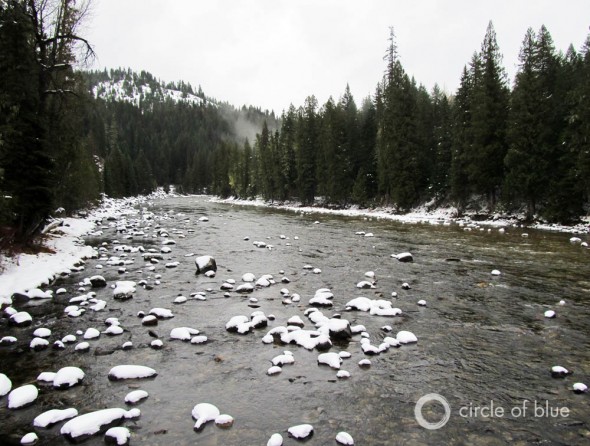
Exxon says that it would have cost $US 500,000 to break each of the big modules into two smaller loads, and there were 207 modules to break.
Instead, Exxon and Imperial Oil executives convinced themselves that the plan — haul 207 megaloads along a highway with narrow shoulders that dropped straight to the wild and scenic Lochsa River, and then over the mountains — made perfect sense, and there was no reason to split the loads.
-Linwood Laughy
Idaho resident along US 12
The companies also convinced the Idaho and Montana transportation departments of this, arguing that the convoy would be safe and that $US 50 million would be invested in road improvements, security, and other local activities.
“Oil and natural gas projects, no matter where they are in the world, require significant planning and investment to get them up and running,” said Ken Cohen, vice president of public and government affairs for Exxon Mobil Corporation, in an online statement in October 2010. “A casual observer is often unaware of the years of preparation and logistics required — and the amount of economic activity that results — when creating the infrastructure that helps deliver essential energy supplies to the world.”
Activism Along The Interstate
The plan by Exxon and Imperial Oil, once it became public, stirred residents to action along its route in Montana and here in Idaho.
Among the most influential opponents were Linwood Laughy and his wife, Borg Hendrickson, who live along US 12. Their issues focused on hazards to the community from slow-moving vehicles that would block traffic on the highway for hours at a time; on damage to the tourism industry, which is the only growing economic sector in the Lewiston region; and on the potential for significant damage to the environment, including the Lochsa River, if a a megaload were to fall in.
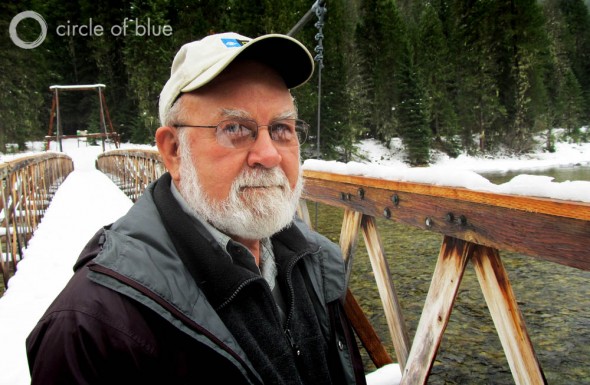
The couple joined dozens of their neighbors in executing a classic regional communications and advocacy campaign that produced widely attended public meetings and court actions in Idaho and Montana. The civic activism generated an injunction that delayed the huge convoy and essentially blocked the industry’s ability to use US12 as a shipping route.
“The first line of defense for us was about protecting the river and the people who lived in this valley,” Linwood Laughy, a Harvard-educated writer and historian, told Circle of Blue. “We worked with a number of groups that also were interested in the ties between what was happening here and tar sands production. We were concerned about that, too, but it wasn’t our primary issue.”
Indeed, the risks to the Clearwater River and its tributaries have been averted. But, according to company statements, the tar sands processing plant is still scheduled to go into production within a year, and the modules for the plant have steadily moved northward.
-Stephen Kretzmann, Exec. Director
Oil Change International
The companies ultimately leased port space in Lewiston, Idaho, and in Pasco, Washington, to break the Korean-built modules into smaller loads, though it was more expensive. State transportation rules require the loads — which are still two-lanes wide and travel about 160 kilometers (100 miles) a day, when weather permits — to be shipped at night.**
Periodically, protestors have gathered around midnight on US Route 95 in Moscow, Idaho, home of the University of Idaho, to protest shipments from Lewiston, making their way to Interstate 90.
Development Continues
To some degree, the skirmish has elevated tar sands development to public attention in three Pacific Northwest states. It cost Exxon and Imperial more time and more money. A beautiful river valley was conserved.
“We are doing what we can to raise the issues,” said Bill McKibben, author, Middlebury College educator, and one of the organizers of the 2011 White House protests that convinced the Obama administration late last year to block construction of the Keystone XL pipeline. “The decision to delay Keystone is a step.”
The protest, though, did not impede oil development of the Canadian tar sands, which reached 1.5 million barrels per day in 2011. Nearly three-quarters, or more than 1 million barrels daily, is transported across the border to the U.S. Much of it is processed for fuel in two big refineries near Chicago and Detroit.
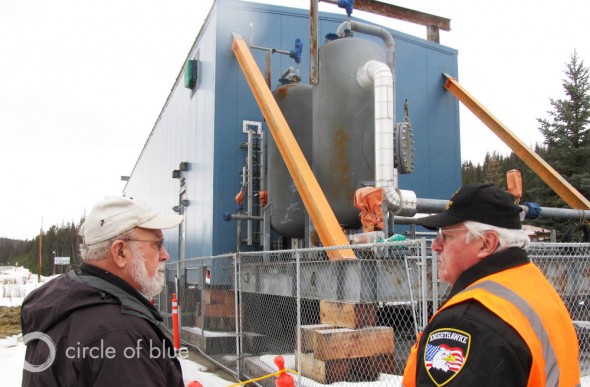
Likewise, oil production from deep shale reserves in the U.S. also is increasing. Shale oil and shale gas fields are under development in a dozen states. Just last week, North Dakota passed Alaska to become the second-largest oil-producing state, behind Texas, with North Dakota’s production reaching more than 575,000 barrels per day.
Late last year, the U.S. Department of Energy reported that crude oil production in the United States had climbed to 5.88 million barrels per day, the most since 1998. Additionally, U.S. oil production has increased for three straight years; this is the first time that has happened since the early 1980s.
-Bill McKibben
Co-Founder of 350.org
“The North American oil industry is back in a big way,” said Stephen Kretzmann, executive director of Oil Change International, a Washington, D.C.-based research and policy group that tracks the influence of political contributions by the energy sector. “For decades, demand was increasing and domestic supply was going down. Now demand is going down, and supply — for the first time in a really long time — is going up.”
Meanwhile, port directors in Lewiston and Pasco told Circle of Blue that they have no new orders for leasing dock space for tar sands components, and executives for Exxon and Imperial say they will finish shipping the modules for their processing plant from Lewiston and Pasco by the end of this summer, with plans to begin operations in Canada within a year.
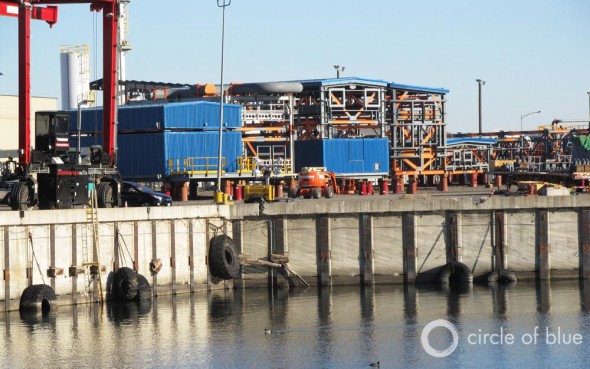
“It can’t be stopped one pipeline at a time, one project at a time,” McKibben told Circle of Blue. “The only way is to not get cynical. We need to keep fighting these individual projects. We have to help people understand that we have to come to terms with the fact that we just can’t keep burning fossil fuels. Mother Nature is our ally on that. Sooner or later, we will do something, because nature will insist that we have to.”
**A company Web site provides public information on the shipment schedules and locations.
Circle of Blue’s senior editor and chief correspondent based in Traverse City, Michigan. He has reported on the contest for energy, food, and water in the era of climate change from six continents. Contact
Keith Schneider

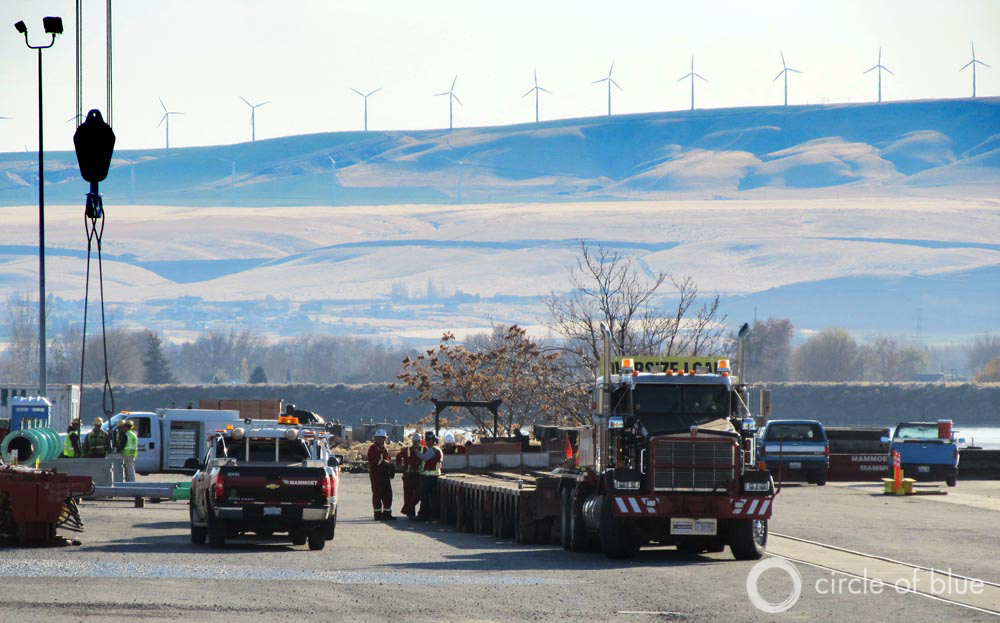

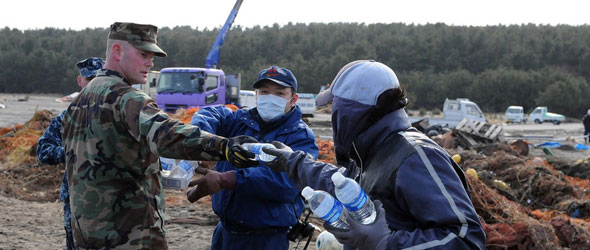


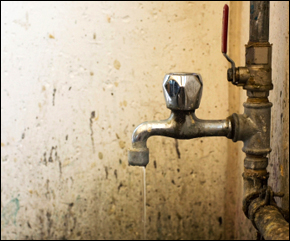
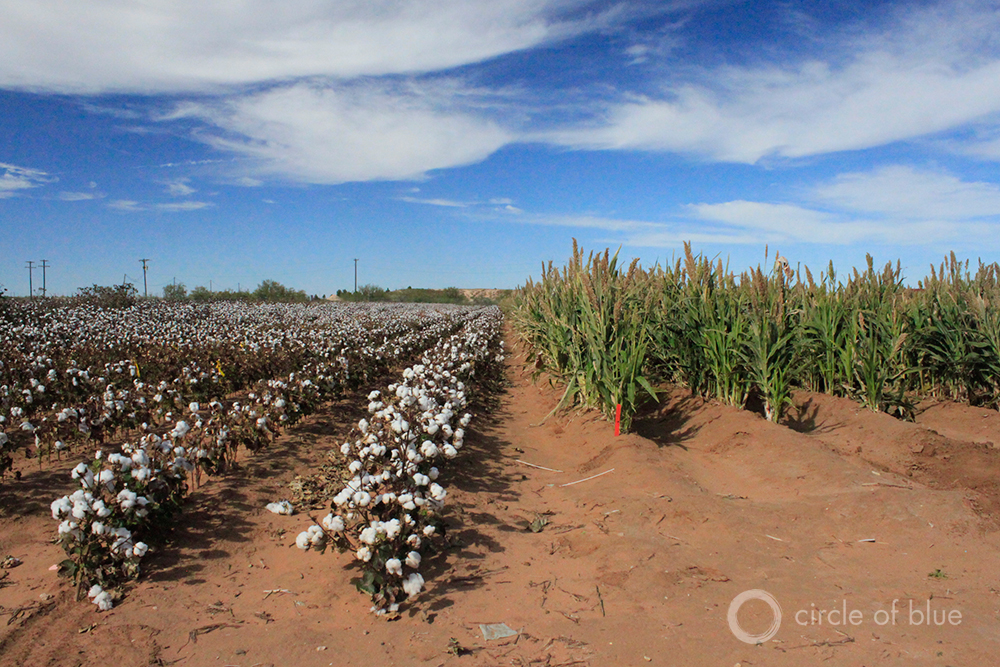
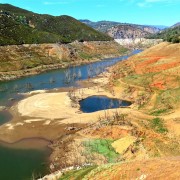


I am continually amazed by the attitude of the “green group.” I am from Texas and now live in Louisiana. We like the oil/natural gas industry. You are using trumped-up reasoning, NOT facts to keep the USA from being energy independent.
Your groups have no factual evidence that so-called Global Warming is NOT a purely natural occurance, long cycle swings in the Earth’s temperature. Likewise, no facts prove fracking has any effect on grould water. The formations where there is natural gas are much deeper than the water sands. Likewise, the “greens” have fought nuclear power, the only currently available “clean” fuel.
Yes, there are risks — thank the Lord persons took risks or we would still be living in trees.
You should be ashamed of yourselves for being such obstructionists. Try being Pro-USA, not Anti-USA, when it comes to taking risks which will benefit our country.